Ever stood in the lighting aisle, scratching your head, wondering how to choose the right bulb? Lumens, watts, color temperature... what does it all mean? Well, my friend, you're about to become a lighting pro!
In this article, we'll break down the science of light bulbs and help you make the best choice for your space. So, let's turn on the switch and get started on how to convert lumens to watts!
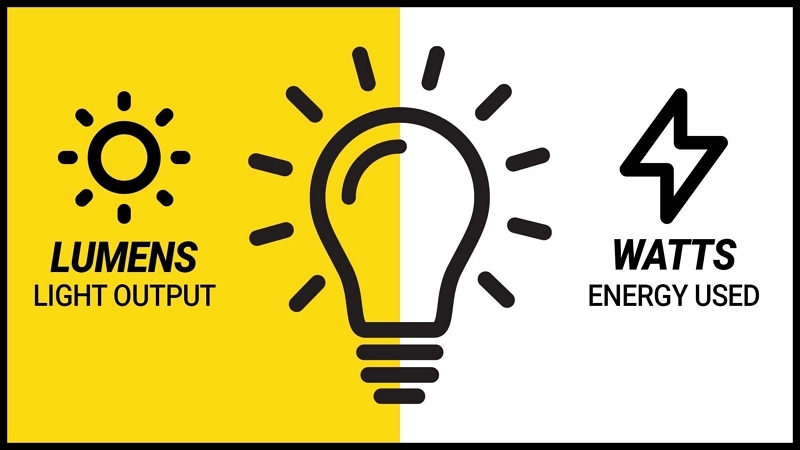

Part 1. What Does Watt Mean?
Watt, named after the Scottish engineer James Watt, is a unit of power that represents the rate of energy conversion or transfer. In the context of light bulbs, it measures how much energy the bulb consumes to produce light.
The higher the wattage, the more energy the bulb uses. But here’s the kicker: higher watts don’t always mean a brighter light. It's like the fuel consumption of a car; more fuel doesn't always mean more speed.
In the incandescent era, watts were a decent indicator of brightness. People knew that a 100-watt bulb was brighter than a 60-watt bulb. But then, along came LEDs and CFLs. These bulbs could produce the same brightness with way less wattage. For example, an LED bulb that uses only 10 watts can produce the same brightness as a 60-watt incandescent bulb. This evolution made watts more of an indicator of energy consumption rather than brightness. So, the plot thickens!
Part 2. What Does Lumen Mean?
Lumens are the real heroes in the story of brightness. Lumens measure the total amount of visible light emitted by a source. In other words, it's the actual brightness you get from a bulb. The more lumens, the brighter the light. Think of lumens as the amount of light you get in your hands if you could scoop it all up.
Understanding lumens is crucial in setting the right ambiance for different spaces. Your cozy bedroom corner might only need 400 lumens, whereas your kitchen, where you need to see every detail, might need 2000 lumens. Knowing this, you can choose bulbs that give you the right amount of light without wasting energy.
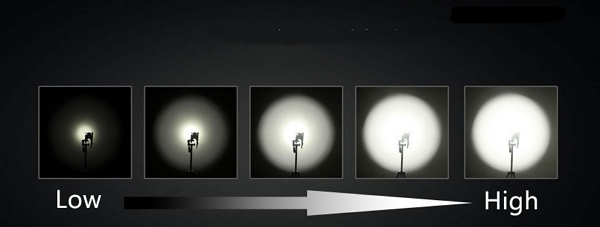

Part 3. Wattage vs Lumen
Wattage and lumen are often mistaken for each other, but they're fundamentally different. Wattage is the measure of how much energy a bulb uses to produce light, while lumen measures the actual amount of light produced. In the past, people relied on wattage to estimate brightness because traditional incandescent bulbs had a fairly consistent ratio of watts to lumens.
However, with the advent of energy-efficient lighting options like LEDs and CFLs, this ratio has changed dramatically. These modern bulbs can produce the same amount of light (lumens) using significantly less energy (watts). This shift has made lumens a more accurate and reliable measure of brightness, while wattage has become more of an indicator of energy consumption and efficiency.
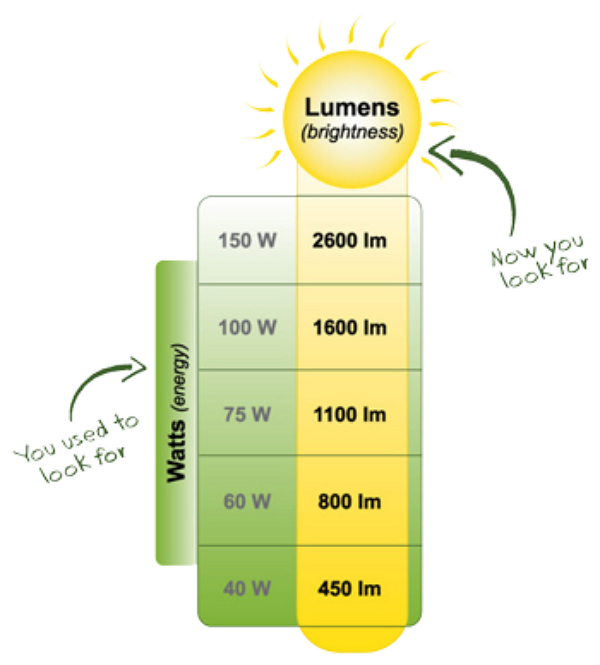

Does Higher Watt Mean Brighter?
Nope! This is where many people get tripped up. As we now know, wattage is about energy consumption, not brightness. An LED and an incandescent bulb with the same lumen output could have very different wattages, with the LED using much less.
Which One is More Important?
Lumens are king when it comes to the actual light you get. But watts are still important when considering energy use and cost. The trick is to find a bulb with the lumens you need, but the lowest wattage necessary to achieve it. This way, you get the brightness you want without a hefty electricity bill.
Part 4. How to Convert Lumens to Watts?
Converting lumens to watts is not a direct conversion, like turning miles into kilometers. Instead, it’s about understanding the efficiency of the bulb. The key term here is “luminous efficacy,†which is lumens per watt. It tells you how well a bulb converts watts (energy) into lumens (light).
Doing The Math to Convert Lumens to Watts
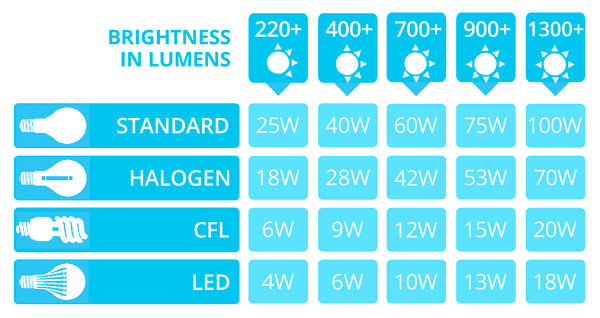

So, if you have a 60-watt incandescent bulb, it’s giving you about 600 lumens. If you want the same brightness from an LED, you’d look for one that’s around 8 watts (600 lumens divided by 80 lumens per watt). Remember, this is a rough guide. Always check the packaging for the actual lumens and watts.
The Real-World Application
When you’re shopping for bulbs, you might see charts on the packaging that help you understand the equivalent wattages and lumens across different bulb types. These charts are super handy! They do the math for you. So, if you know you used to love the brightness of a 60-watt incandescent bulb, you can easily find an LED equivalent.
The Environmental Impact
By understanding and applying the conversion between lumens and watts, you're not just potentially saving on your energy bills, but you're also contributing to the well-being of the planet. Lower energy consumption means less strain on power plants and a reduction in greenhouse gas emissions. It's a win-win!
Part 5. If You Are Considering a New LED Bulb
In the world of smart and efficient lighting, AiDot ST19 CCT Smart WiFi Edison Bulbs stand out as a shining example. These bulbs are not just about illuminating your space; they're about elevating your lifestyle. With a blend of vintage charm and cutting-edge technology, AiDot bulbs offer an array of features that bring convenience, ambiance, and intelligence to your fingertips. Whether you're setting the mood for a romantic dinner or need bright light for a workspace, these bulbs adapt effortlessly.
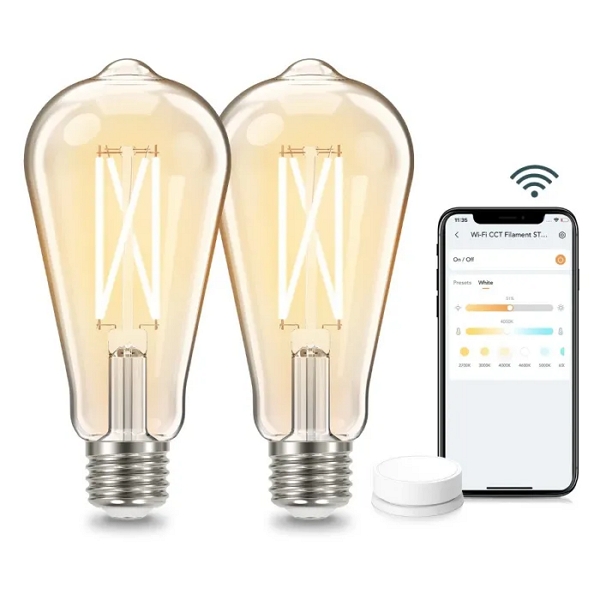

- Dimmable and Tunable White Light
- APP Control/Voice Control/Remote Control
- Time Schedule Function
- Vintage Design & E26 Medium Base
- Easy Setup & No Hub Required
With these features, the AiDot ST19 CCT Smart WiFi Edison Bulbs are not just a lighting choice; they're a lifestyle choice. Whether you're a tech enthusiast or someone looking to add a touch of elegance and convenience to your space, these bulbs are an excellent option.
[Bonus Now]: Here is an exclusive coupon code only found in blog posts. Save it now (AiDotBG01) and get 10% off at AiDot mall!
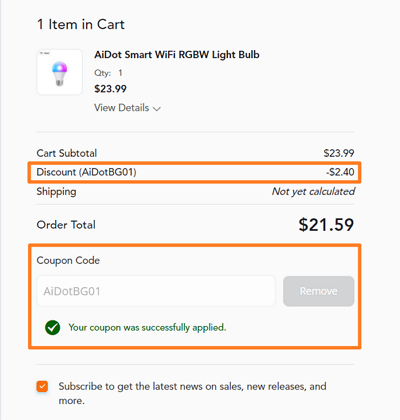

Conclusion
So, there you have it; that’s how you convert lumens to watts! You’re now well-equipped to make enlightened decisions about your lighting. Remember, lumens tell you how bright a bulb is, and watts tell you how much power it consumes. When choosing a bulb, focus on the lumens for brightness and the watts for energy efficiency. And if you're looking to add a touch of smartness and elegance to your space, the AiDot ST19 CCT Smart WiFi Edison Bulbs are a brilliant choice.
Now go forth and light up your world with knowledge and the perfect bulbs!
Optical Filter,Long Wave Pass Filter,Optical Pass Band Filter,Bandpass Filter
Danyang Horse Optical Co., Ltd , https://www.dyhorseoptical.com
